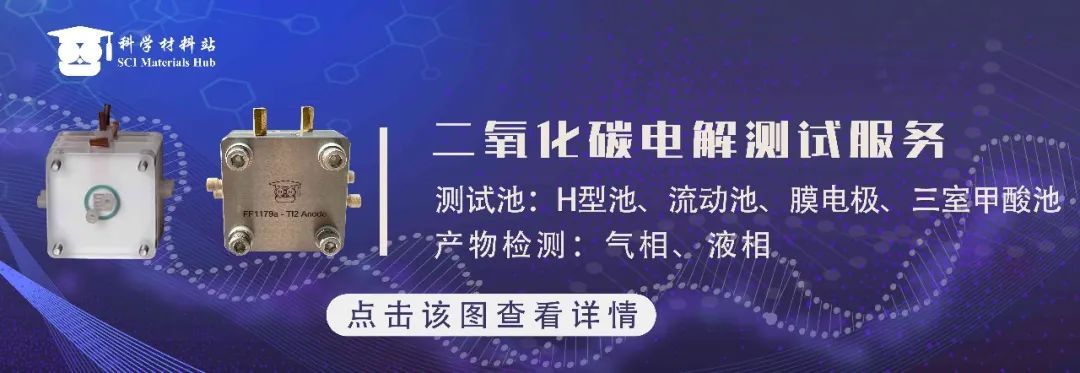

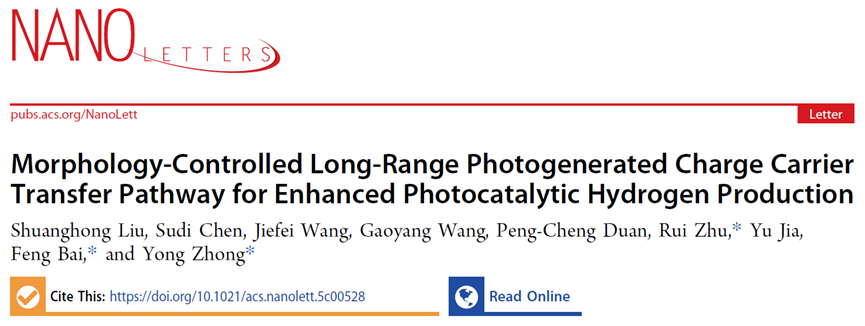
Scientific Materials Station
Article Information
Regulating the Long-Range π-Conjugated Charge Carrier Transfer Pathway of Porphyrin Assemblies to Enhance Photocatalytic Hydrogen Production Activity
First Author: Liu Shuanghong, PhD Student
Corresponding Authors: Zhu Rui, Associate Professor; Bai Feng, Professor; Zhong Yong, Associate Professor
Affiliation: College of Nano Science and Materials Engineering, Henan University
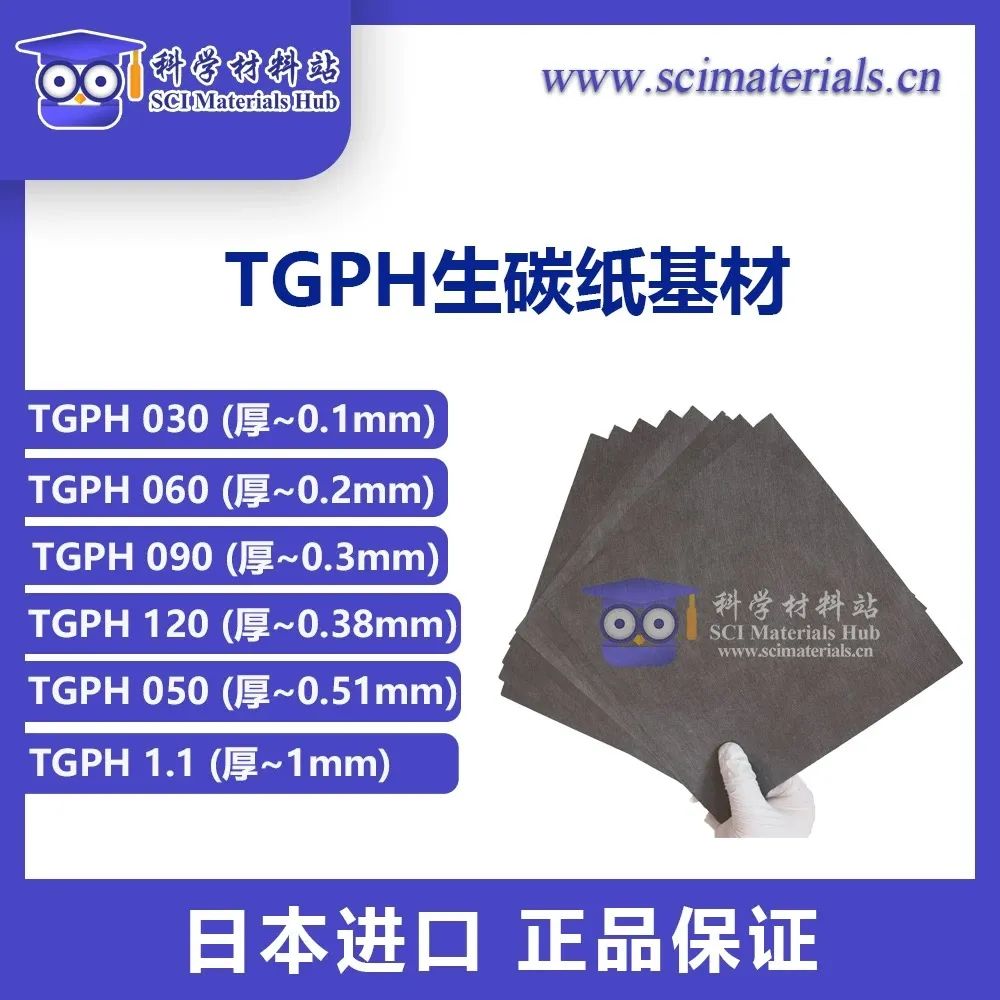
Scientific Materials Station
Research Background
The photocatalytic water splitting technology for hydrogen production is expected to address the increasingly severe energy crisis and environmental pollution issues. Organic supramolecular photocatalysts have attracted attention due to their visible light responsiveness, diverse structural units, and tunable energy level structures. However, compared to inorganic catalysts, the low photogenerated charge carrier mobility of organic semiconductor materials severely limits the further enhancement of their photocatalytic activity. The key to improving the efficiency of photogenerated charge transfer lies in constructing efficient transfer pathways. Establishing long-range ordered π-π stacking structures in supramolecular systems is an important strategy for building efficient charge transfer pathways and enhancing photocatalytic activity.
Organic π-conjugated molecular crystal structures are diverse, and the effects of different types of weak intermolecular interactions on their charge carrier transport processes vary significantly. Therefore, elucidating the intrinsic relationships between these factors is an urgent and important issue. Porphyrins and their derivatives, with large π-electron conjugated systems and diverse central metals and peripheral functional groups, easily form highly ordered supramolecular structures driven by π-π stacking, hydrogen bonding, and coordination non-covalent interactions, providing important support for revealing the structure-activity relationships of supramolecular structures. However, establishing a clear connection between the ordered molecular π-π stacking arrangement and its photogenerated charge transfer pathways remains a significant challenge.
Scientific Materials Station
Article Summary
Based on this, Professor Bai Feng from Henan Universitypublished a research article titled “Morphology-Controlled Long-Range Photogenerated Charge Carrier Transfer Pathway for Enhanced Photocatalytic Hydrogen Production” in the internationally renowned journal Nano Letters. This paper reports the latest research progress on constructing long-range π-π conjugated charge carrier transfer pathways to enhance photocatalytic hydrogen production activity.
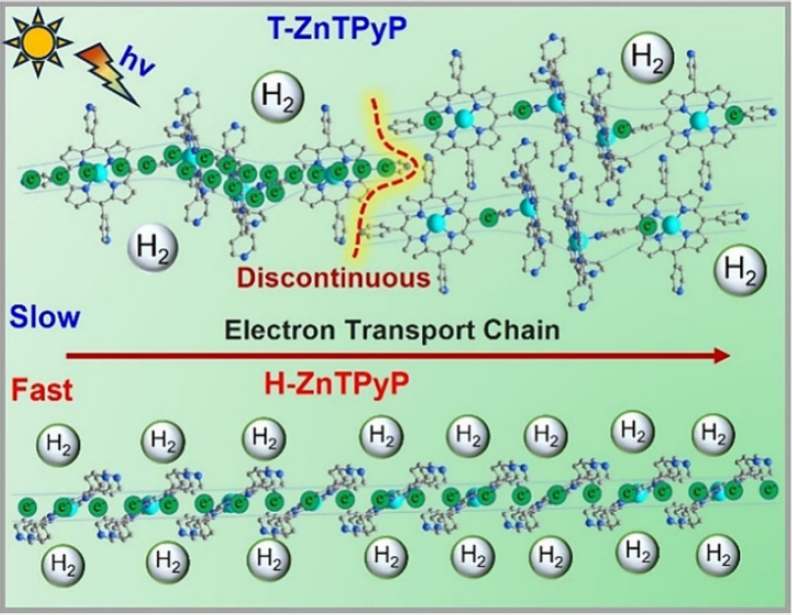
Mechanism diagram of long-range π-π conjugated charge carrier transfer pathway enhancing photocatalytic hydrogen production activity
Scientific Materials Station
Main Points of the Article
We used ZnTPyP as the structural unit (Figure 1) and achieved the controllable preparation of ZnTPyP assemblies through the method of acid-base neutralization micelle confinement self-assembly. Based on our previous research, we further explored the influence of assembly temperature, a thermodynamic parameter, on the morphological structure of the assemblies.
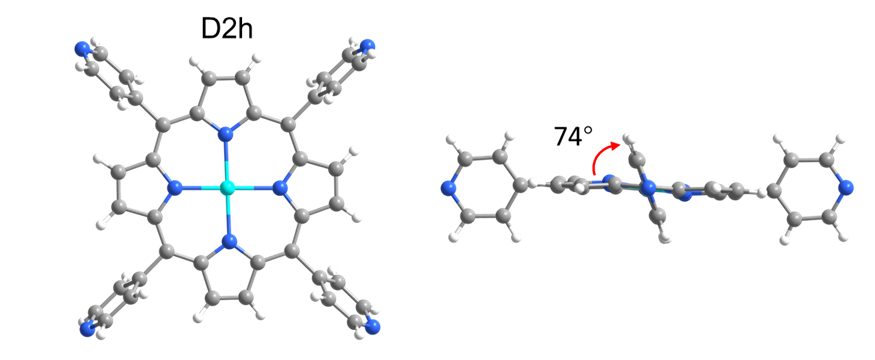
Figure 1 Molecular structure of ZnTPyP
Point One: Controllable Construction of Porphyrin Supramolecular Structures
Characterization results show that as the assembly temperature gradually decreases from high temperature to room temperature, the morphology of the ZnTPyP assemblies exhibits a regular change from nanorods (95°C, Figure 2a) to a mixture of nanorods and long wires (60°C, Figure 2b) to nanowires (25°C, Figure 2c), with all samples displaying orderly morphological structures. From the PXRD crystal structure characterization results (Figure 2d), the nanorods (H-ZnTPyP) exhibit a T-type stacking structure due to N-Zn coordination intercalation π-π conjugation (Figure 2f), while the nanowires (H-ZnTPyP) exhibit an H-type stacking structure due to the combined action of N-Zn-N axial coordination and π-π conjugation (Figure 2e). Water molecules play a crucial role in stabilizing the ordered arrangement of the assembly units during the stacking process.
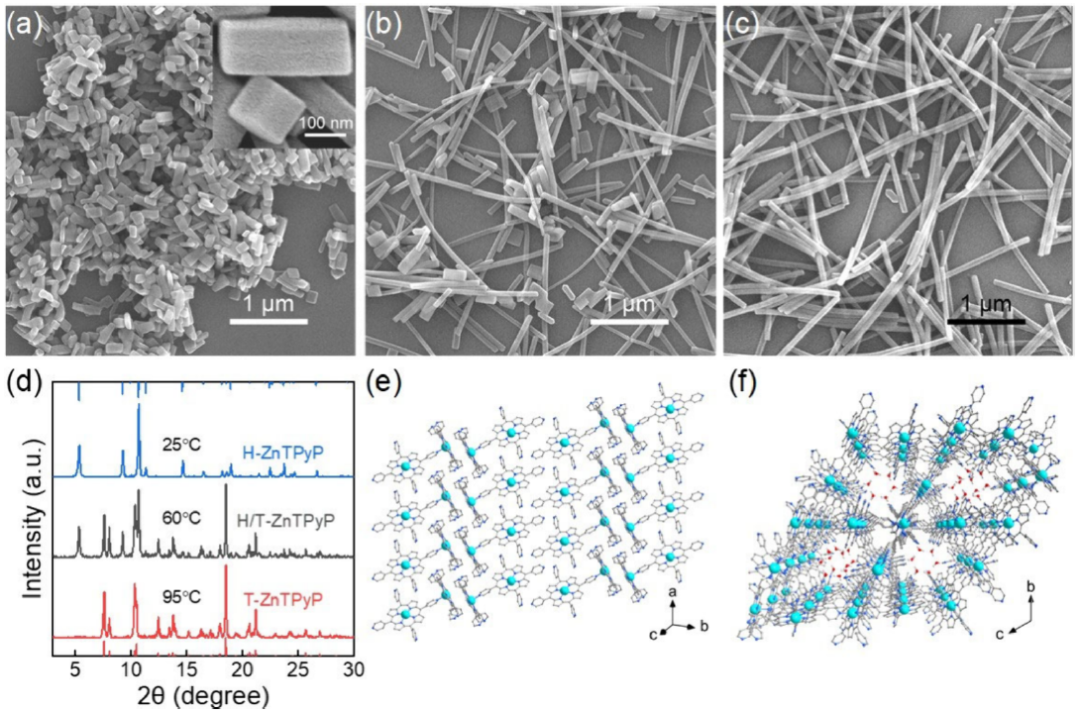
Figure 2 Morphology, crystal structure characterization, and molecular stacking structure schematic of T-ZnTPyP and H-ZnTPyP
Point Two: Clarifying that High Photogenerated Charge Carrier Mobility is the Main Reason for Enhanced Photocatalytic Activity
The photocatalytic hydrogen production activity of H-ZnTPyP is 183.84 mmol/g/h, which is approximately 14 times higher than that of T-ZnTPyP. The photocatalytic activity and stacking structure of both exhibit a highly dependent structure-activity relationship (Figure 3a). Compared to H-ZnTPyP, T-ZnTPyP shows similar visible light absorption capability (Figure 3b) and bandgap width, stronger photogenerated electron reduction ability (Figure 3c, d), and higher exciton dissociation ability (Figure 3e, f). Clearly, the differences in photocatalytic activity between the two are not caused by these factors.
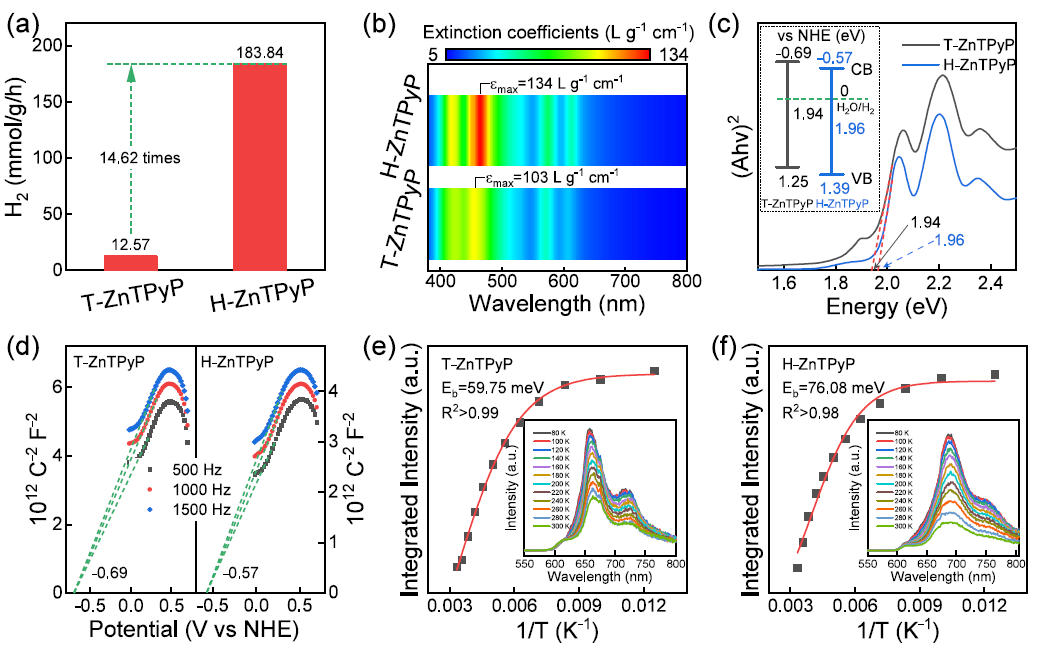
Figure 3 Photocatalytic hydrogen production activity, light absorption capability, energy level structure distribution, temperature-variable fluorescence emission spectra, and exciton binding energy characterization of T-ZnTPyP and H-ZnTPyP.
From the photoelectric testing results (Figure 4), H-ZnTPyP exhibits high charge carrier transport efficiency; in summary, the high charge carrier transport efficiency of H-ZnTPyP is the main reason for the enhanced photocatalytic activity.
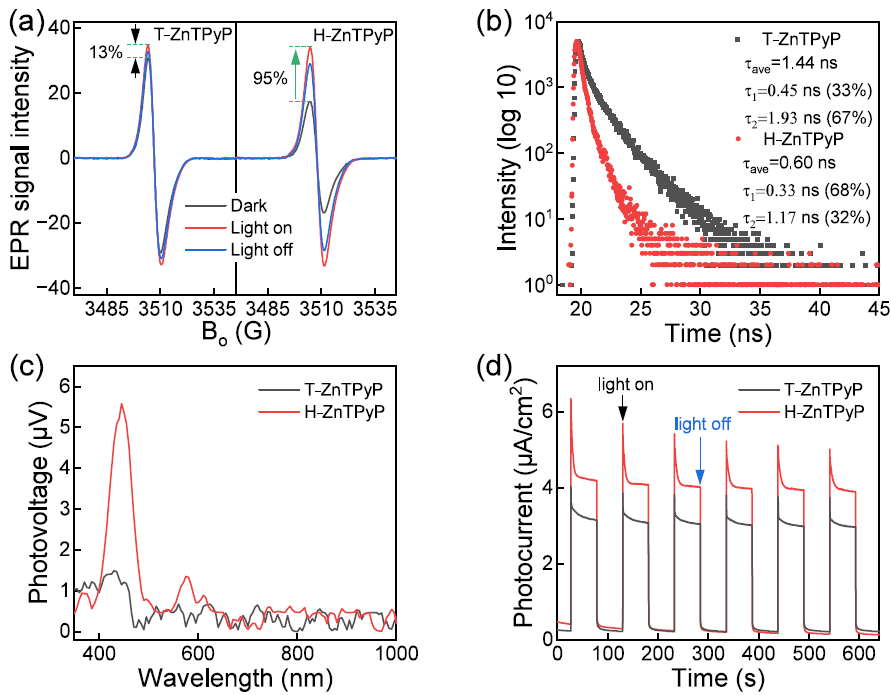
Figure 4 Characterization of photogenerated charge carrier mobility of T-ZnTPyP and H-ZnTPyP
Point Three: Theoretical Calculations Clarify the Enhancement Mechanism of the π-π Conjugated Transfer Pathway on Photocatalytic Activity.
Theoretical calculations of charge carrier mobility for T-ZnTPyP and H-ZnTPyP indicate that H-ZnTPyP has high mobility along the effective π-π conjugated migration path, which is uniformly distributed over long distances (Figure 5a); in contrast, the mobility along the effective migration path of N-Zn-π in T-ZnTPyP shows a differential distribution, with local regions exhibiting minimal values (Figure 5b).
Over long distances, the long-range and continuous π-π conjugated pathways in H-ZnTPyP facilitate rapid and efficient charge migration, enhancing electron transport efficiency and significantly boosting visible light photocatalytic hydrogen production activity (Figure 5c). In contrast, the low mobility regions along the electron transport path in T-ZnTPyP lead to significant accumulation of photogenerated charge carriers, accompanied by substantial recombination of photogenerated electrons and holes, resulting in decreased photocatalytic activity (Figure 5d).
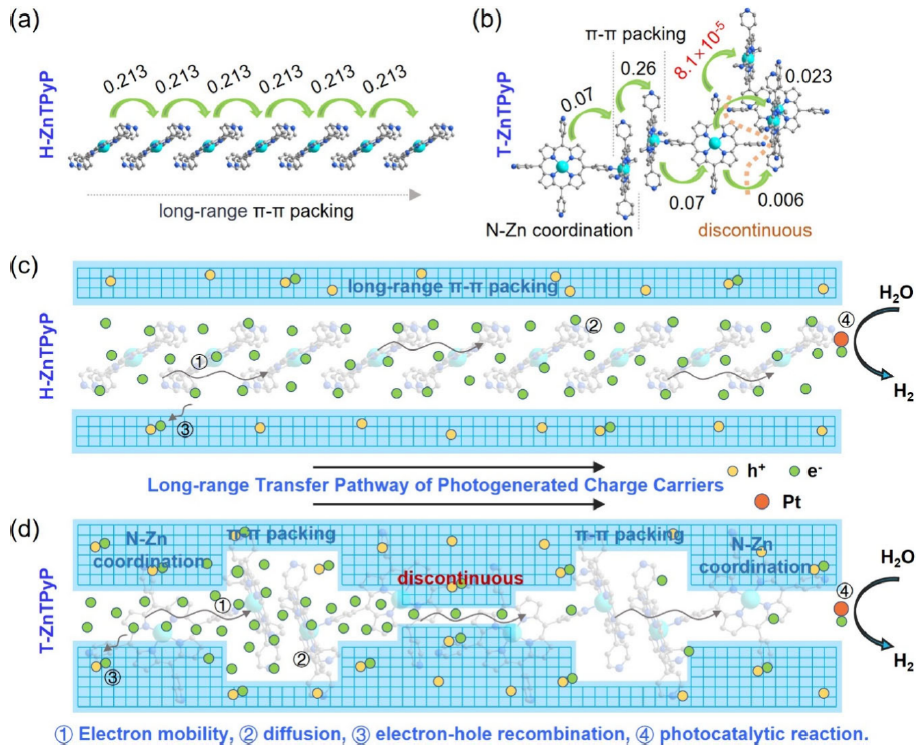
Schematic diagram of photogenerated electron migration and diffusion in T-ZnTPyP and H-ZnTPyP
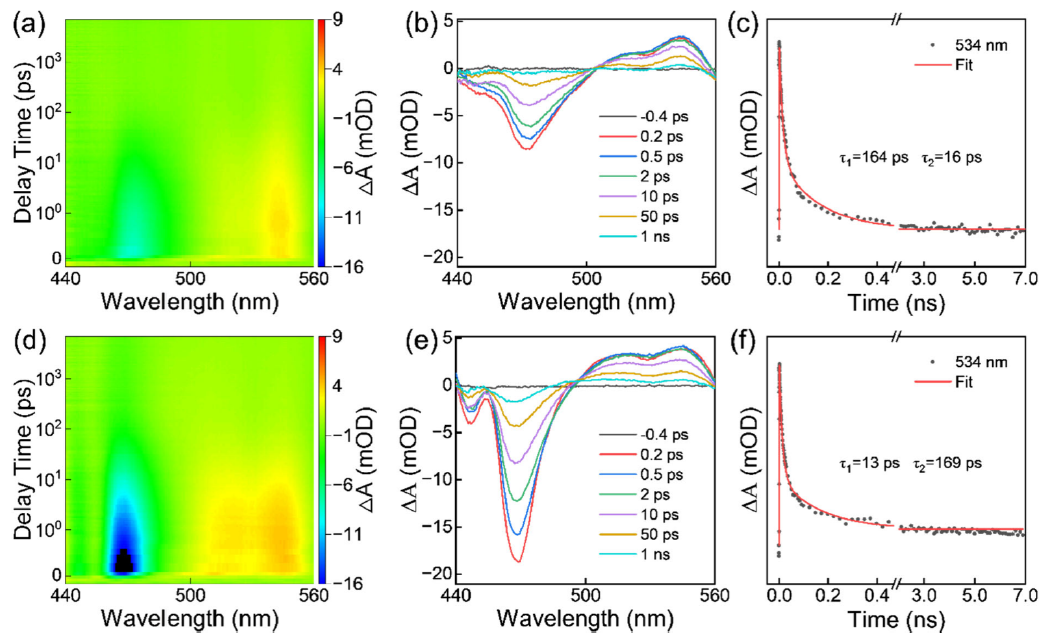
Figure 6 Characterization of charge carrier dynamics migration process in T-ZnTPyP and H-ZnTPyP
Charge carrier dynamics characterization shows that compared to T-ZnTPyP, H-ZnTPyP generates more photogenerated charge carriers during the photoexcitation process (Figure 6a, b, d, e); double exponential fitting results indicate that photogenerated charges in H-ZnTPyP have faster transfer rates and longer surface relaxation lifetimes (Figure 6c, f), which means that the internal photogenerated electrons have more opportunities to participate in photocatalytic reactions, attributed to the π-π conjugated pathways facilitating efficient migration of photogenerated charge carriers, significantly enhancing photocatalytic activity.
Scientific Materials Station
Conclusion and Outlook
Through thermal regulation methods, we successfully prepared T-ZnTPyP and H-ZnTPyP with controllable π-π conjugated stacking. The effective limitation of water molecules’ participation in the stacking structure of T-ZnTPyP at high temperatures enhances the thermal stability of the material and accelerates the short-range migration rate of photogenerated charge carriers. However, this process also induces lattice distortion, leading to discontinuities in the π-π stacking segments, significantly hindering the formation of long-range electron transport pathways, resulting in decreased hydrogen production rates. This adjustable self-assembly engineering provides strong evidence for optimizing charge transport performance by regulating the long-range π-π stacking structure of porphyrin supramolecules.
Scientific Materials Station
Article Link
https://pubs.acs.org/doi/10.1021/acs.nanolett.5c00528
Scientific Materials Station
Research Group Introduction
Introduction to Bai Feng’s Research Group
https://mse.henu.edu.cn/zw/ktz/b_f_Bai_F.htm

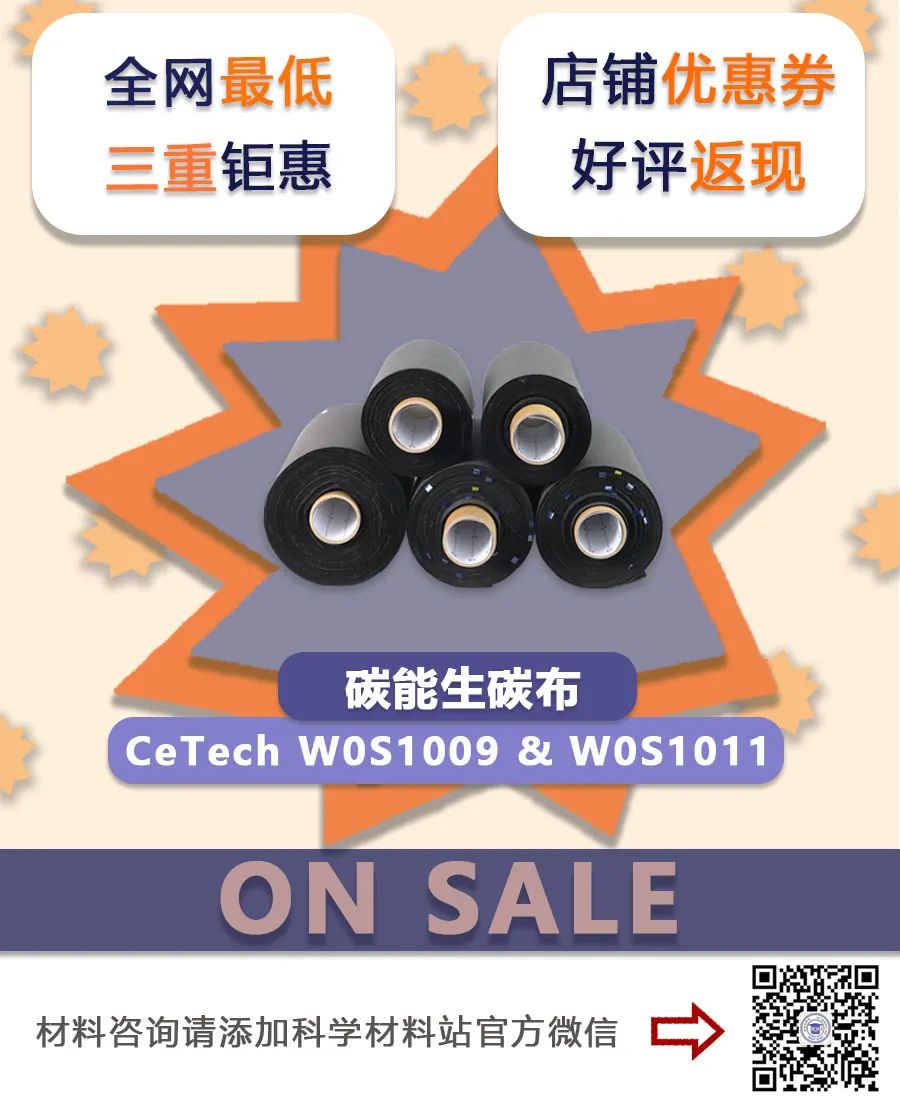
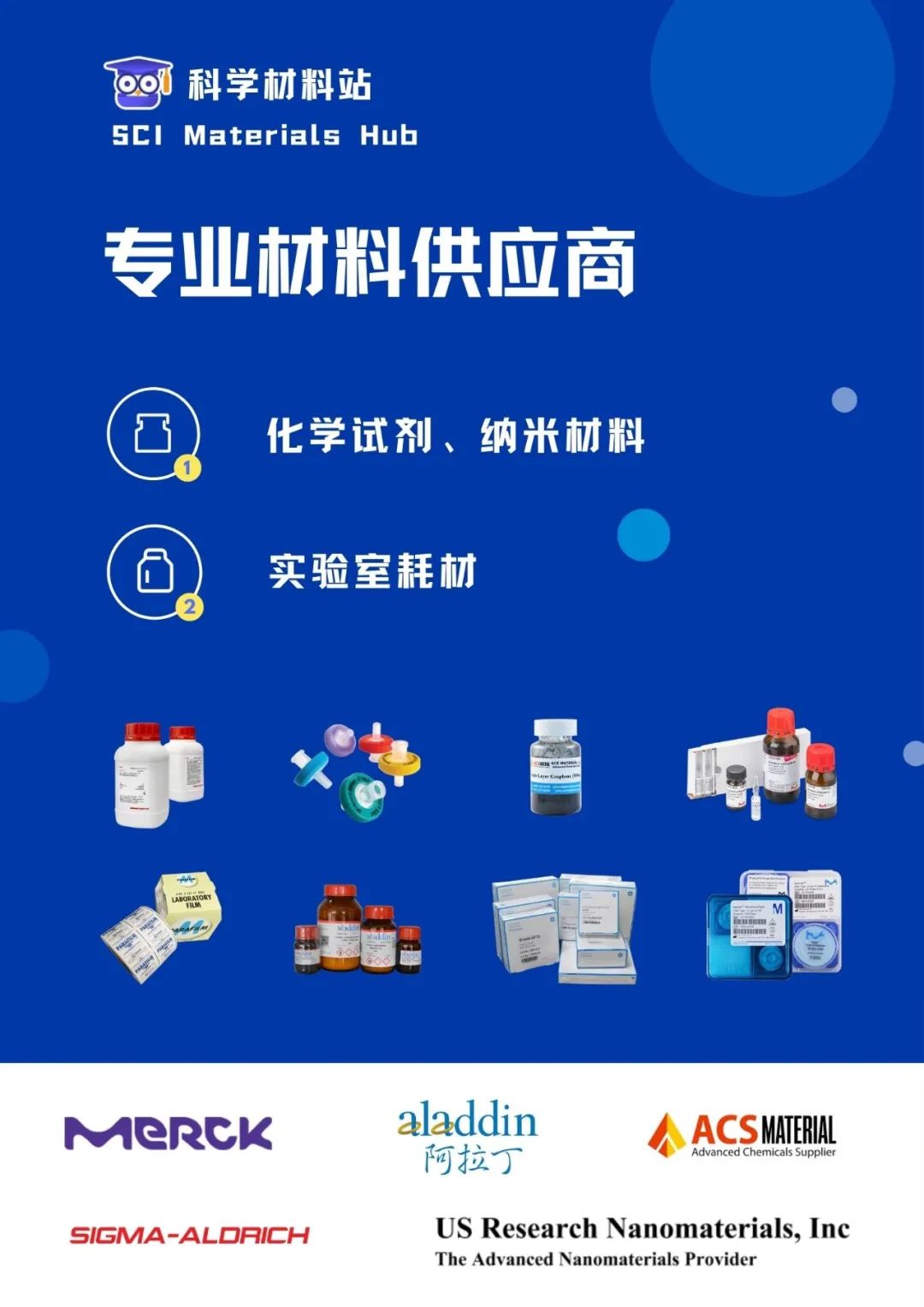
Add Official WeChat to Join Discussion Groups
SCI Carbon Dioxide Mutual Aid Group
SCI Catalytic Materials Discussion Group
SCI Sodium-Ion Battery Discussion Group
SCI Ion Exchange Membrane Experience Discussion Group
SCI Fuel Cell Discussion Group
SCI Supercapacitor Discussion Group
SCI Aqueous Zinc Battery Discussion Group
SCI Water Electrolysis Mutual Aid Group
SCI Gas Diffusion Layer Experience Discussion Group
Note: [Name-Institution-Research Direction]
Note
🔹If there are any copyright issues with the content of this article, please contact us for timely handling.
🔹Readers are welcome to share and promote this article.
🔹The “Scientific Materials Station” will continuously improve its level to share higher quality material consulting with readers, welcome to follow us.
For submissions, please contact [email protected]
Acknowledgments
Thanks to the authors of this article for their strong support of this report.

Share

Support with a Like

Click to View